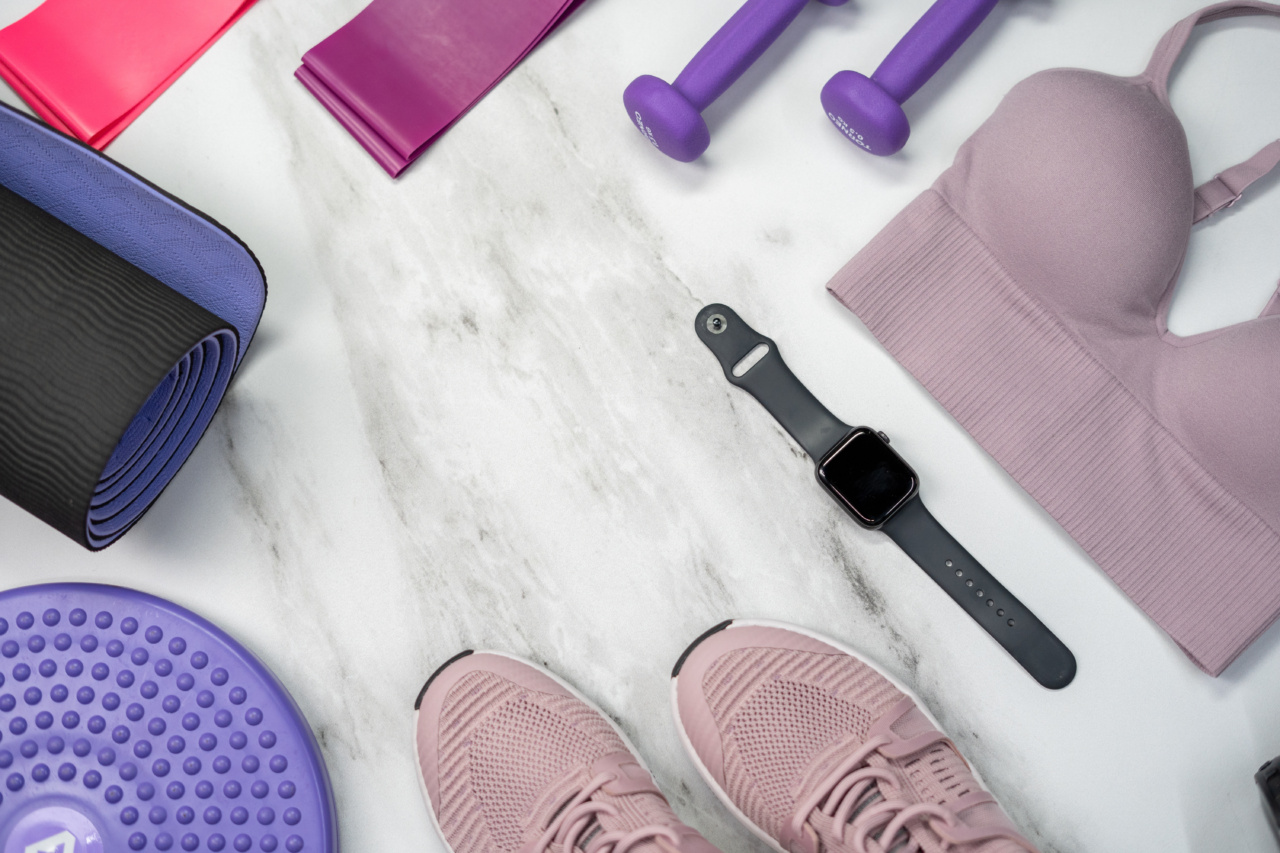When it comes to underwear, finding the right fit is crucial for both comfort and health. This is particularly true for bras, as wearing a poorly fitting bra not only leads to discomfort but can also have serious health implications.
Many women unknowingly wear bras that are the wrong size, which can lead to a range of problems such as back pain, posture issues, skin irritation, and even restricted breathing. In this article, we will explore the importance of choosing the right bra and provide practical tips for finding the perfect fit.
The Dangers of Ill-Fitting Bras
Wearing an ill-fitting bra can cause a variety of health risks that are often underestimated. Here are some of the most common dangers associated with wearing a bra that doesn’t fit properly:.
1. Back and Shoulder Pain
One of the most immediate and noticeable effects of wearing a poorly fitting bra is back and shoulder pain.
When the bra straps dig into your shoulders or the band is too tight, it puts excess pressure on the back and shoulders, leading to discomfort and muscle strain. Over time, this can even result in long-term back problems.
2. Posture Issues
A bra that doesn’t offer adequate support can cause posture issues. Without proper support, the weight of the breasts puts strain on the neck, shoulders, and upper back, leading to slouching or hunching forward.
This can not only affect your overall appearance but also cause chronic posture problems.
3. Skin Irritation
Constant friction between the bra and the skin can cause irritation, particularly if the bra is too tight or made from abrasive materials. Skin rashes, redness, itchiness, and even chafing can occur as a result.
It is important to choose bras made from breathable fabrics and ensure the bands and straps are not too tight.
4. Restricted Breathing
If your bra is too tight around the chest or compresses your ribcage, it can restrict your breathing. This can lead to shallow breathing, reduced oxygen intake, and contribute to feelings of fatigue or even anxiety.
It is crucial to wear a bra that allows for proper chest expansion and comfortable breathing.
5. Circulation Problems
A bra that is too tight can impede blood circulation, causing problems such as numbness, tingling, or even swollen breasts.
Restricted circulation can also lead to decreased lymphatic flow, which is responsible for removing toxins and waste from tissues. Over time, this can affect breast health.
Finding the Perfect Fit
Now that we understand the importance of choosing the right bra, let’s delve into how to find the perfect fit:.
1. Measure Your Size
Start by measuring yourself to determine your correct bra size. This involves measuring the circumference of your ribcage directly below the breasts to find the band size, and measuring the fullest part of your bust to determine the cup size.
Keep in mind that breast size can change over time, so it is essential to re-measure periodically.
2. Understand Different Styles
Bras come in various styles, each designed for different purposes. From push-up bras to sports bras, understanding the different types available will help you find the right style for your needs.
Consider factors such as the level of support required, the desired shape and lift, and the occasion for which the bra will be worn.
3. Check the Fit
When trying on bras, pay attention to specific fit indicators. The band should be snug but not too tight, and should sit parallel to the ground. The underwire, if present, should encase the whole breast and rest comfortably against the ribcage.
The straps should not dig into the shoulders or slip off, and the cups should fully enclose the breasts without any spillage or gaping.
4. Consider Your Body Shape
Remember that different body shapes may require different types of bras for the best fit. For example, women with a fuller bust may benefit from bras with wider straps or additional support features.
Understanding your body shape and identifying your specific needs will help you make the right choice.
5. Size Up for Pregnancy or Weight Fluctuations
If you are pregnant or experiencing weight fluctuations, it is important to adjust your bra size accordingly. Pregnancy can significantly change breast size, and wearing the wrong size can lead to discomfort and other problems.
Consider purchasing maternity bras or bras with adjustable features to accommodate these changes.
The Importance of Regular Bra Fittings
Lastly, it is important to have regular bra fittings, ideally every six to twelve months. As mentioned earlier, breast size can change over time due to factors such as weight fluctuations, pregnancy, and aging.
By having regular fittings, you can ensure that you are always wearing the right size and minimize the risk of health issues associated with poorly fitting bras.





























